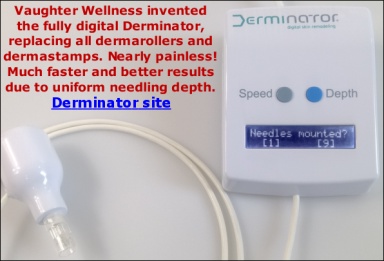Dermarolling / Microneedling / Re: Post fractional CO2 laser hypopigmentation
« on: April 10, 2013, 02:10:27 PM »My course of Accutane lasted approximately 5 months and I reached the standard cumulative dose of 110mg/kg.
Seven weeks after cessation of Accutane, my dermatologist was of the opinion that sebaceous function had returned to sufficient levels and it would be safe to perform ablative fractional CO2 laser for my facial acne scarring. Re-epithelisation occurred as normal within 7 days, indicative of normal healing. I did present with prolonged and persistent redness, however.
It is my understanding that Protopic (tacrolimus) is a common topical treatment for vitiligo, particularly on the face because it has a better side effect profile than typical first line therapy of corticosteroids. Please kindly see the following:-
https://http://www.ncbi.nlm.nih.gov/pubmed/16120133
https://http://www.ncbi.nlm.nih.gov/pubmed/17034537
https://http://dermatologyandlasersurgery.com/wp-content/uploads/2011/12/2003-Cutis-Tacrolimus-Ointment-Produces-Repigmentation.pdf
https://http://archderm.jamanetwork.com/article.aspx?articleid=479293
I am very distressed by the hypopigmentation. I would be grateful to receive your comments on this and look forward to receiving your recommendations.
Best wishes,





